Since arriving back home, I chose to explore and deepen my understanding of the woods I spent a great amount of my time growing up in. Many summer days were spent with my sisters down by the swampy area trying to catch frogs and other creatures, and the hilly trails were perfect for sledding in the winter. For the first time, I examined the trees and discovered numerous eastern white pine, northern red oak, yellow birch, red maple, sugar maple, white oak, and boxelder. All of these trees are common in the Burlington area and I have observed during my time spent in Centennial Woods. The woods are never quiet, as I walked through I was surrounded by the calls of birds and noises of small mammals scurrying about, which I especially enjoy taking photos of and have added above. Similar to Centennial Woods, there is clear evidence of human interaction with the land. There are planks of woods as small bridges across the swampy ground, an old broken up picnic bench, and I saw a ledge to climb up onto on a large tree. This is probably for hunting considering deer are very common in the area and in these woods in particular.
Changes in Vegetation II
08 Nov 2020 Leave a comment
As the weather continues to become cooler, peak foliage has passed and the forest loses its color. Many deciduous trees have lost all of their leaves while others are still holding on, including Norway Maple. The needles of Eastern white Pine have receded upwards, only the very top has them. Since my last visit, there are many more dead fallen trees.
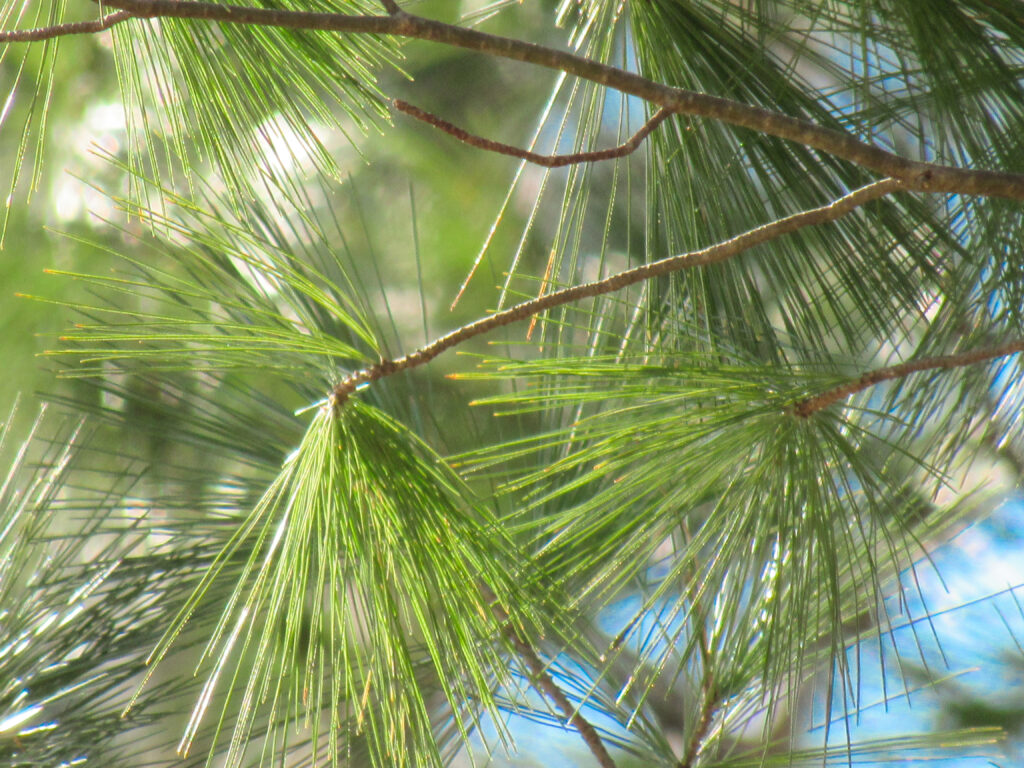
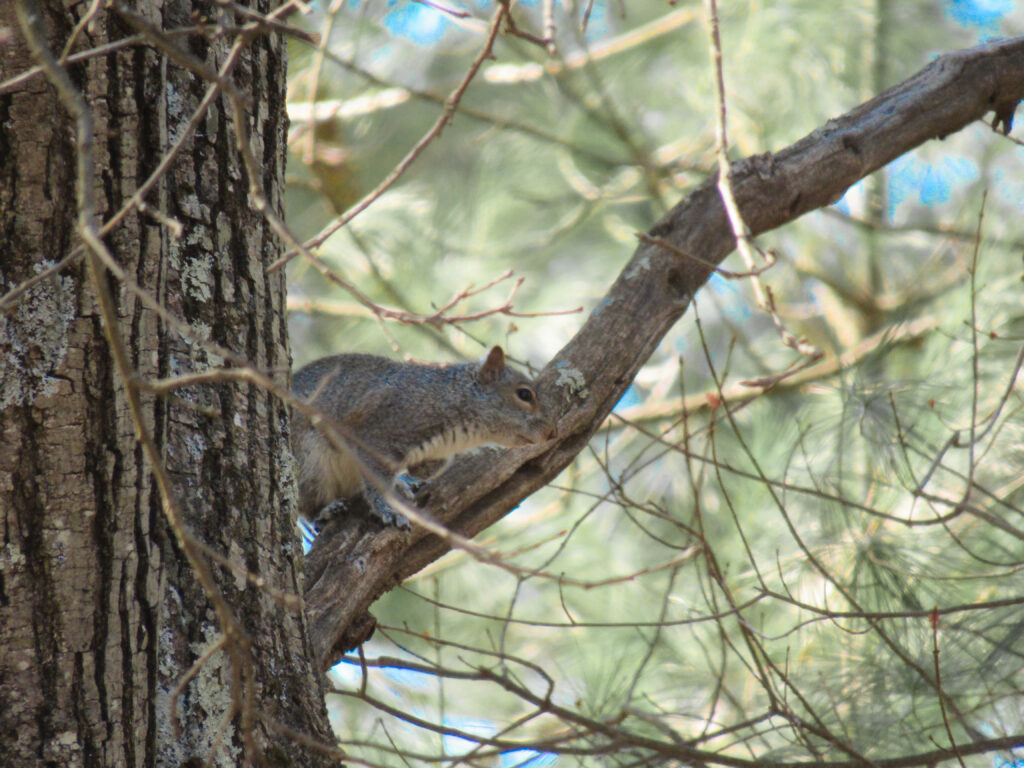
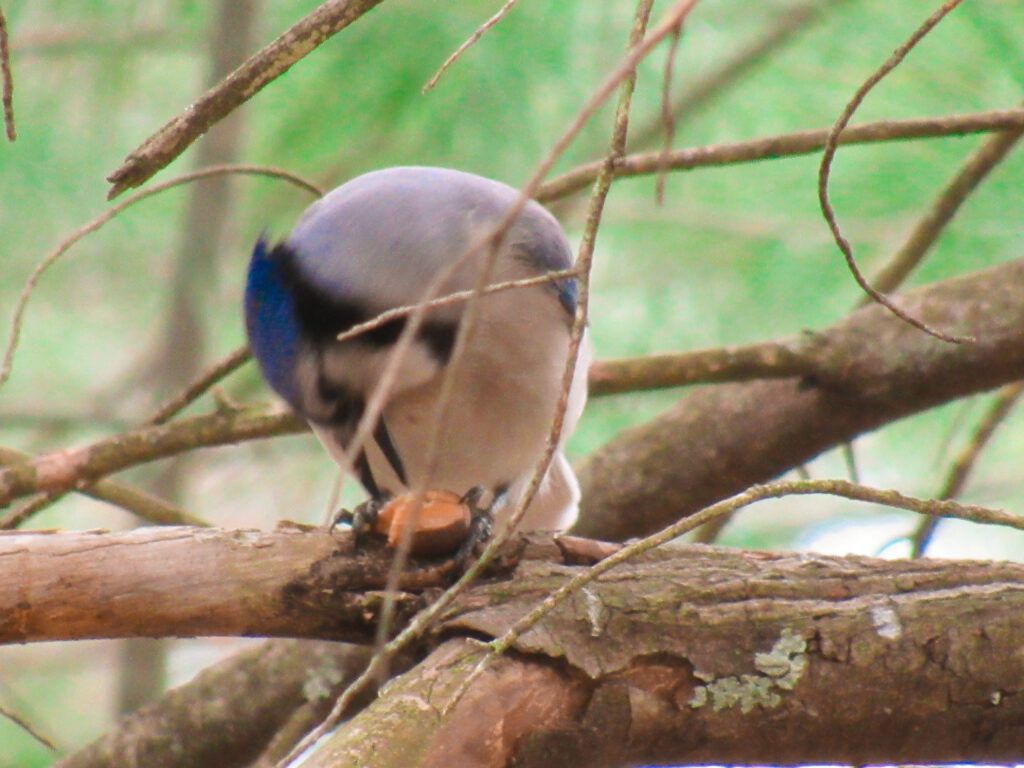
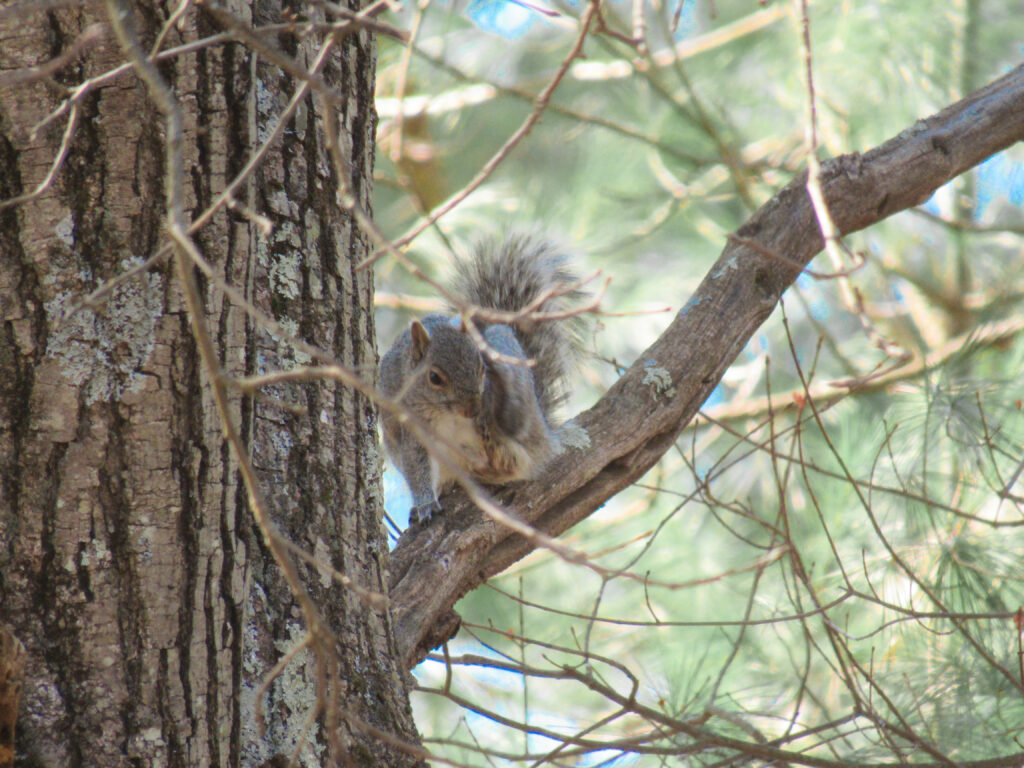
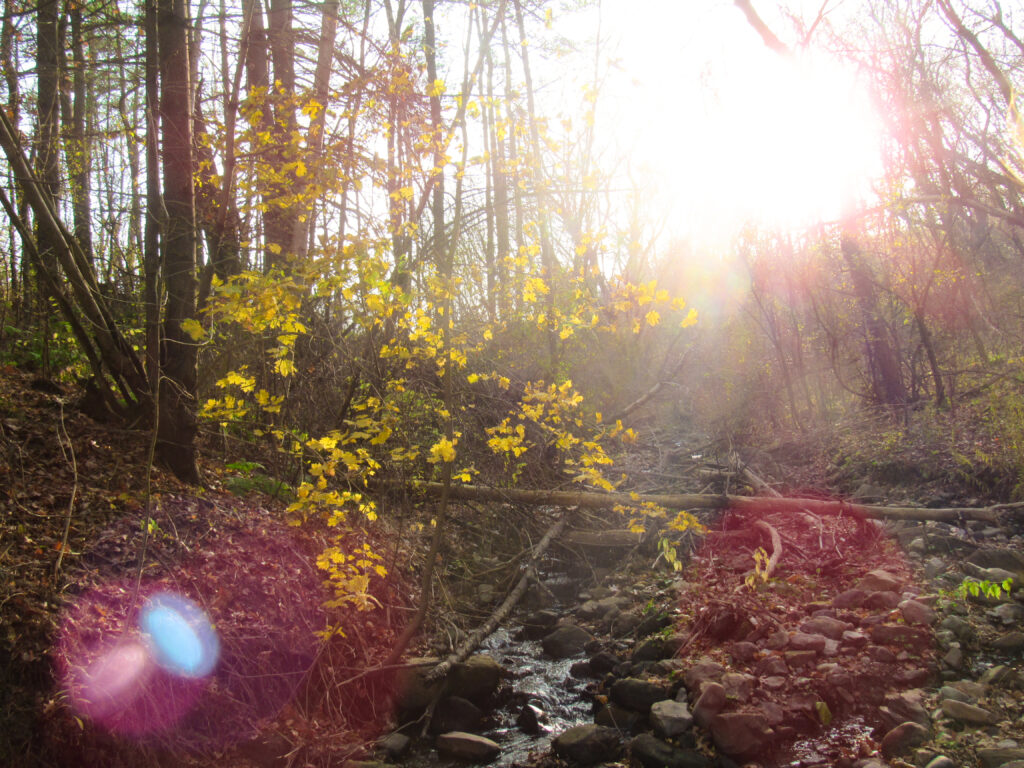
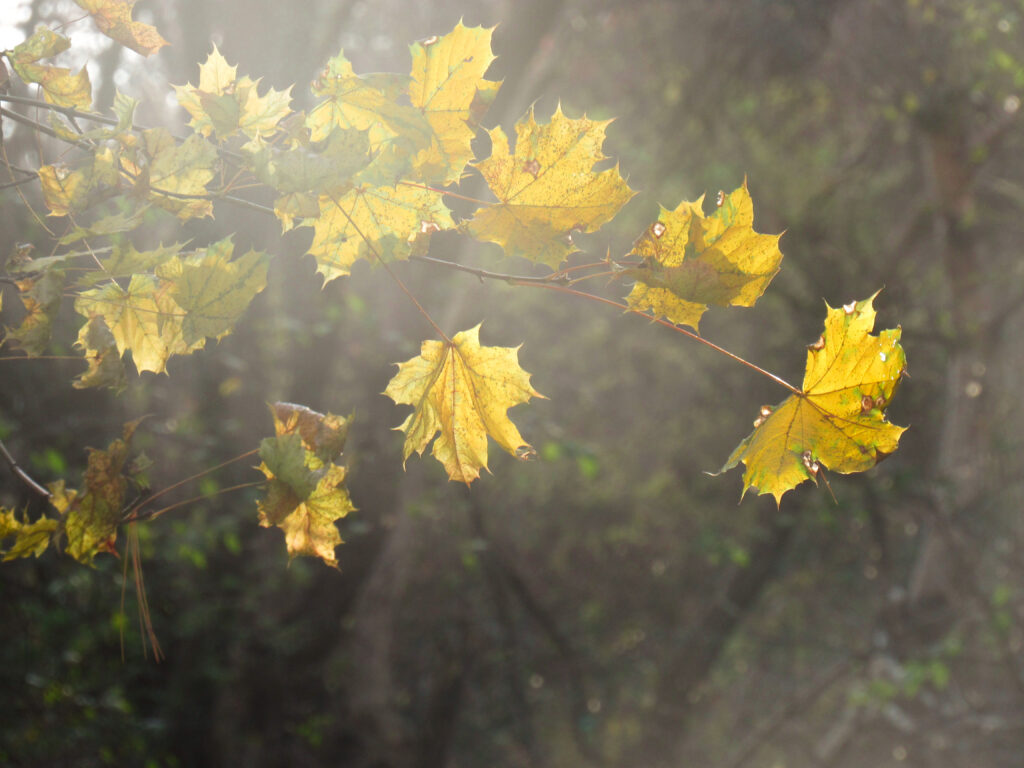
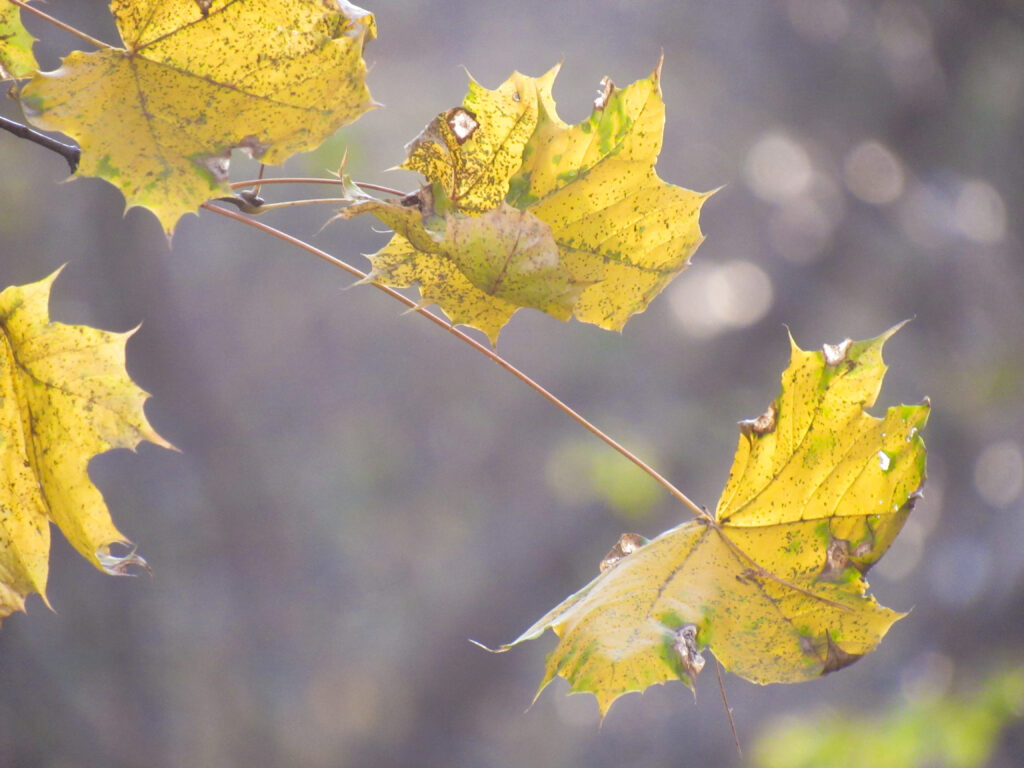
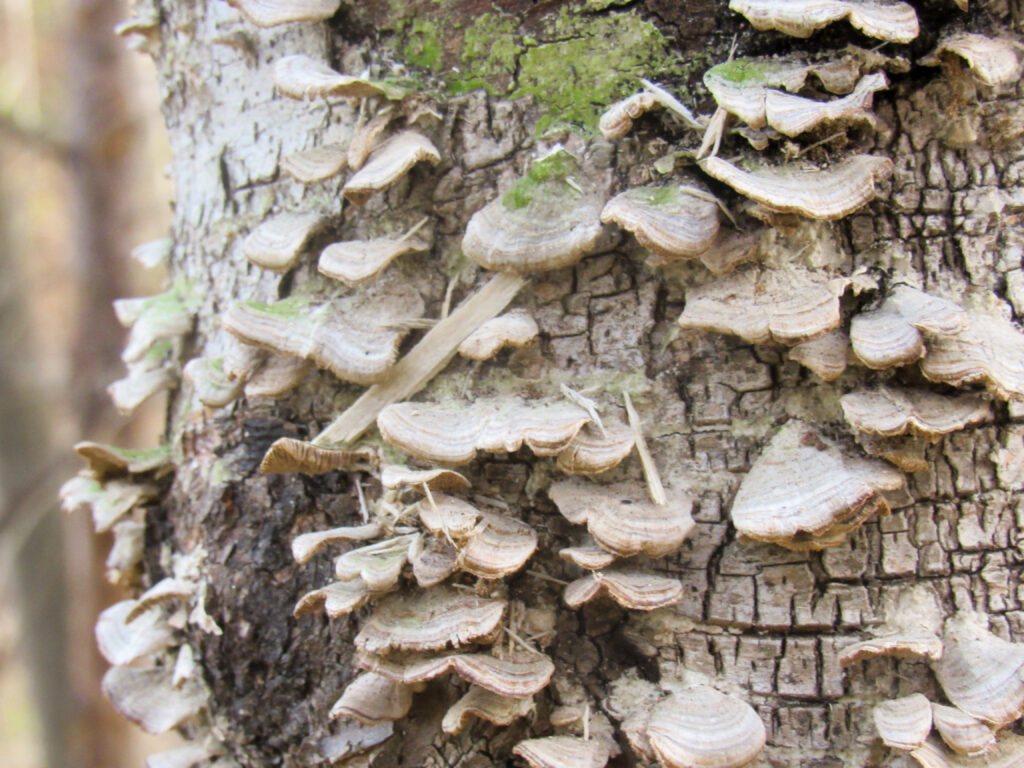
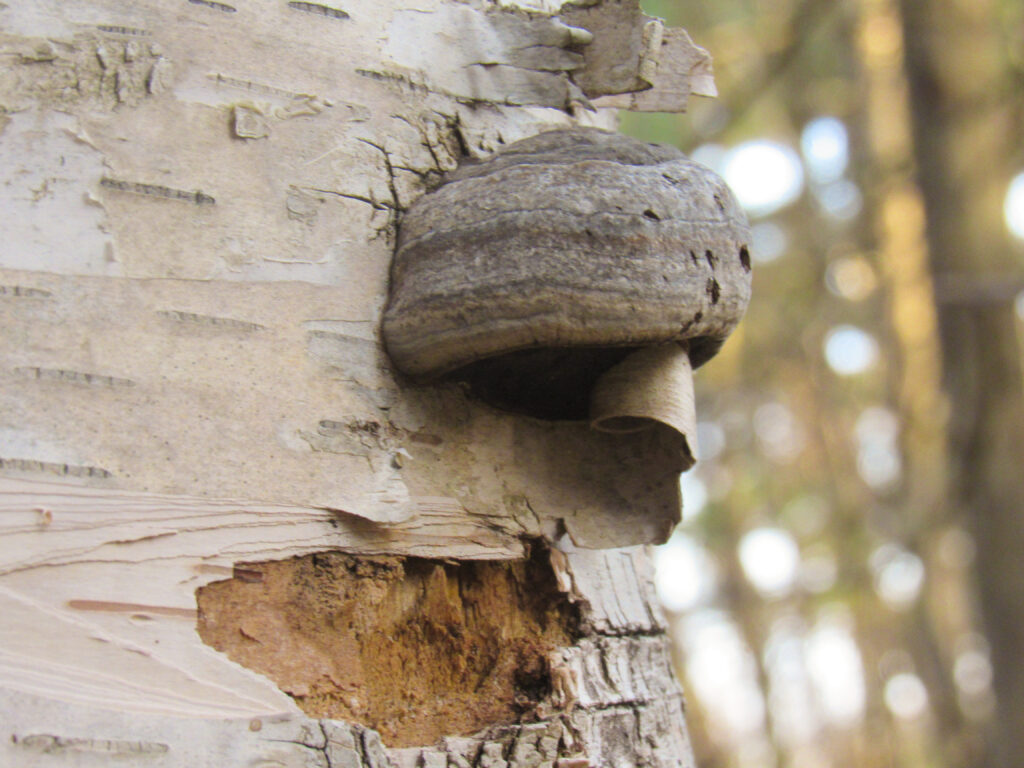
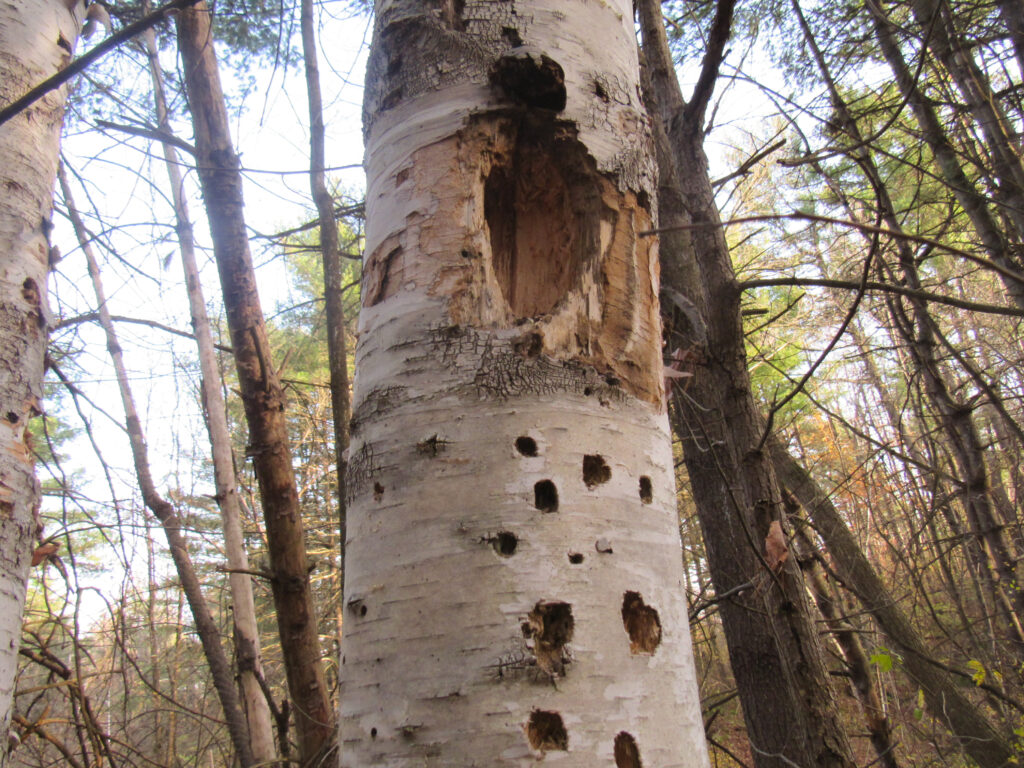
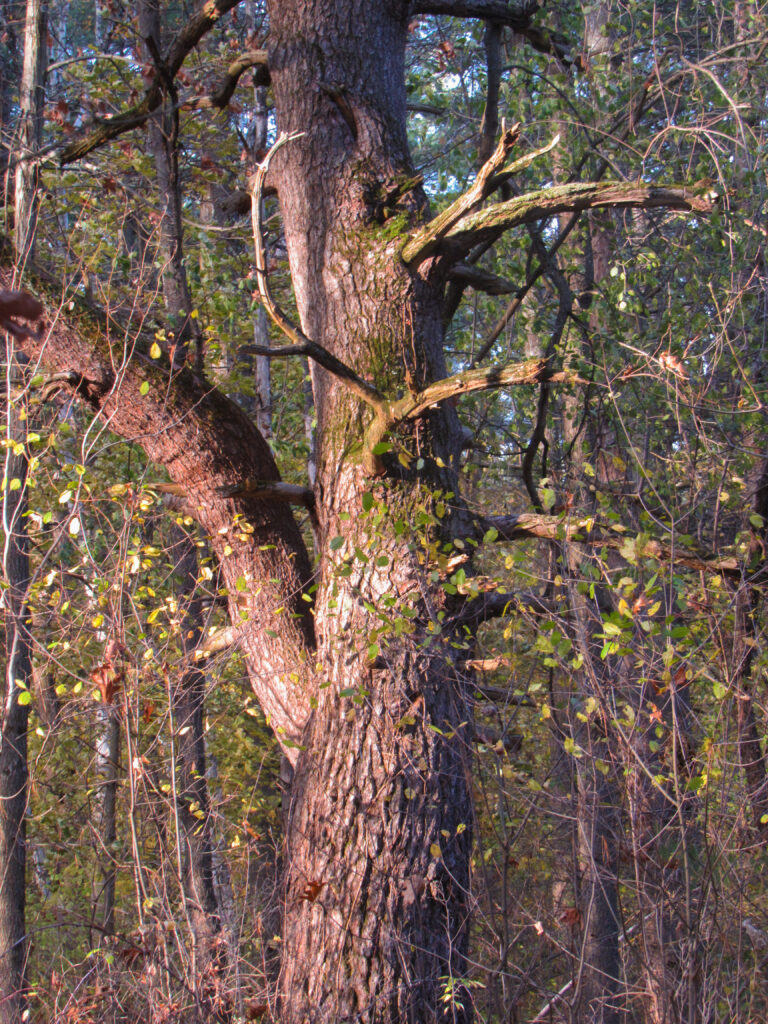
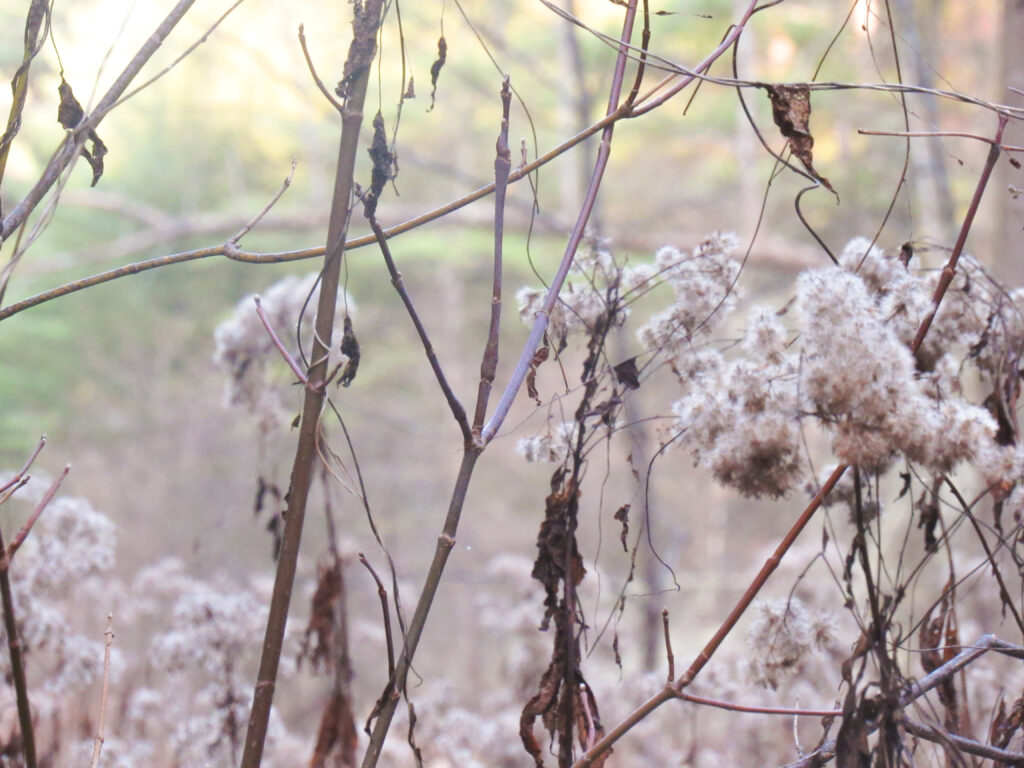
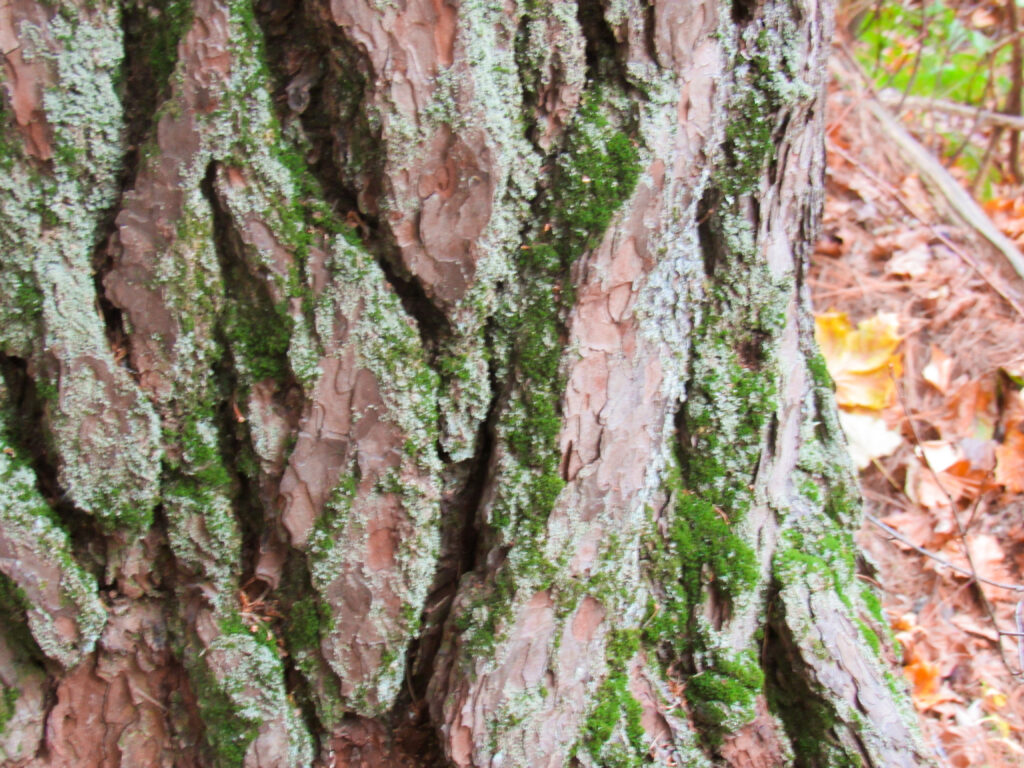
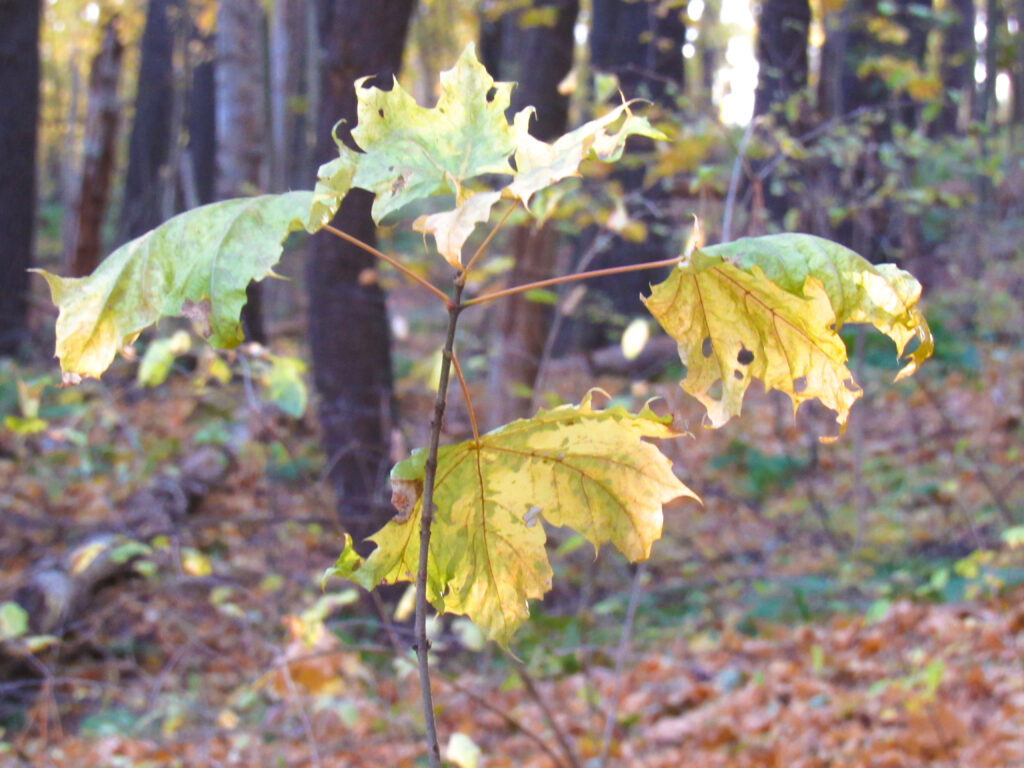
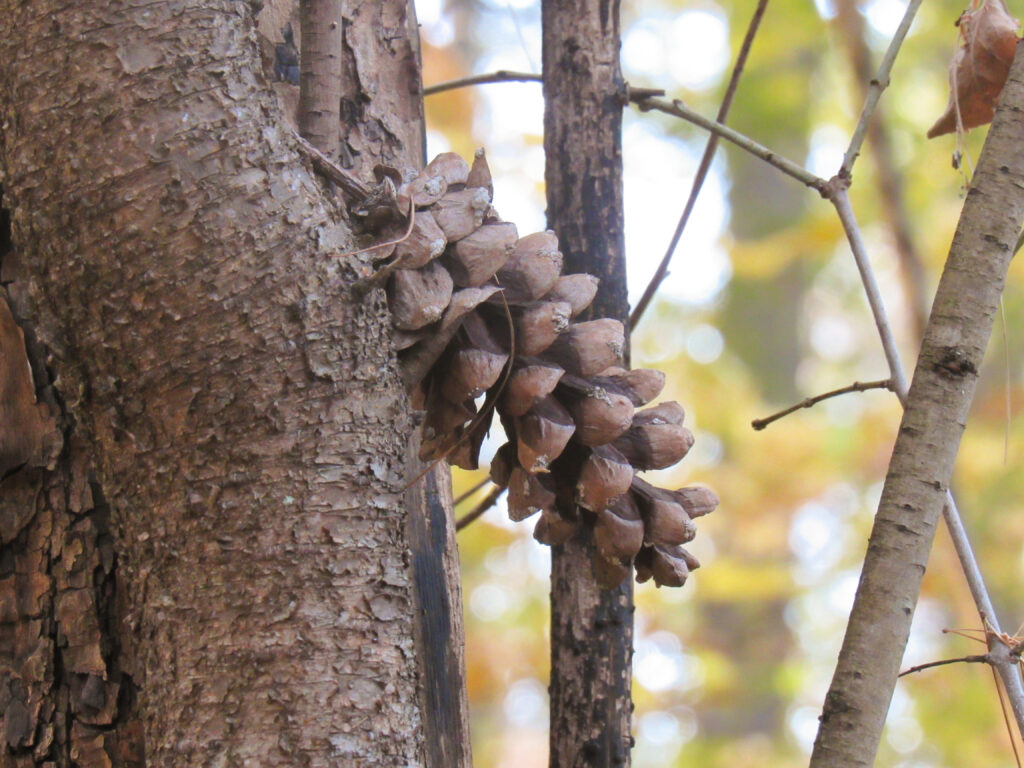
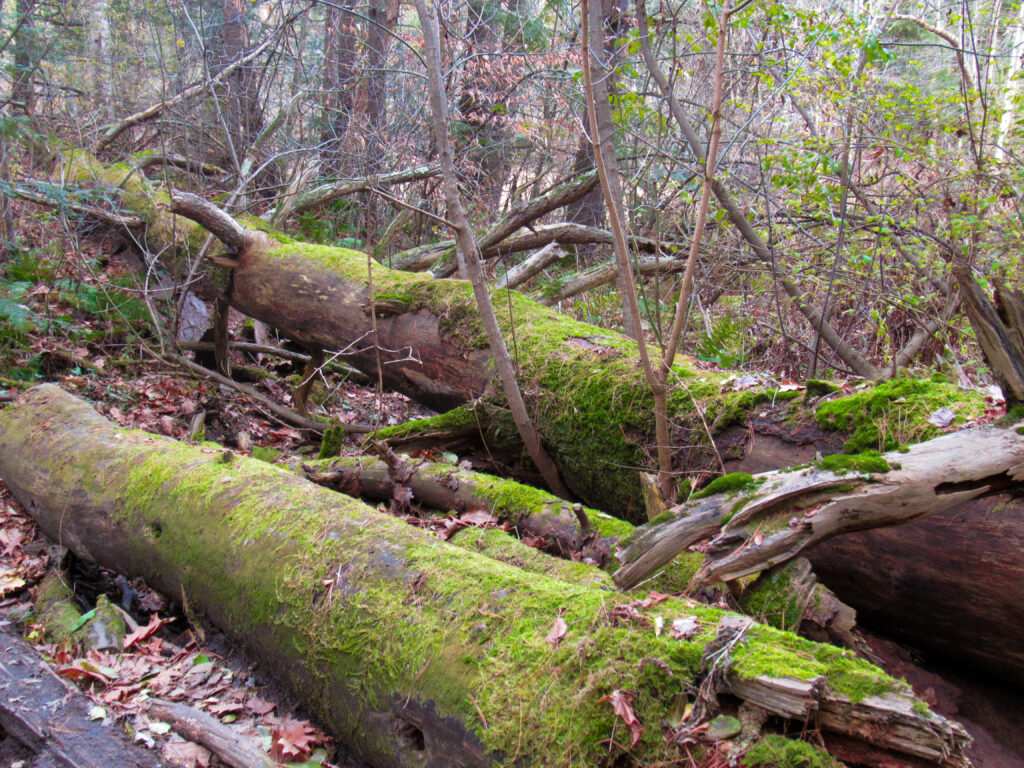
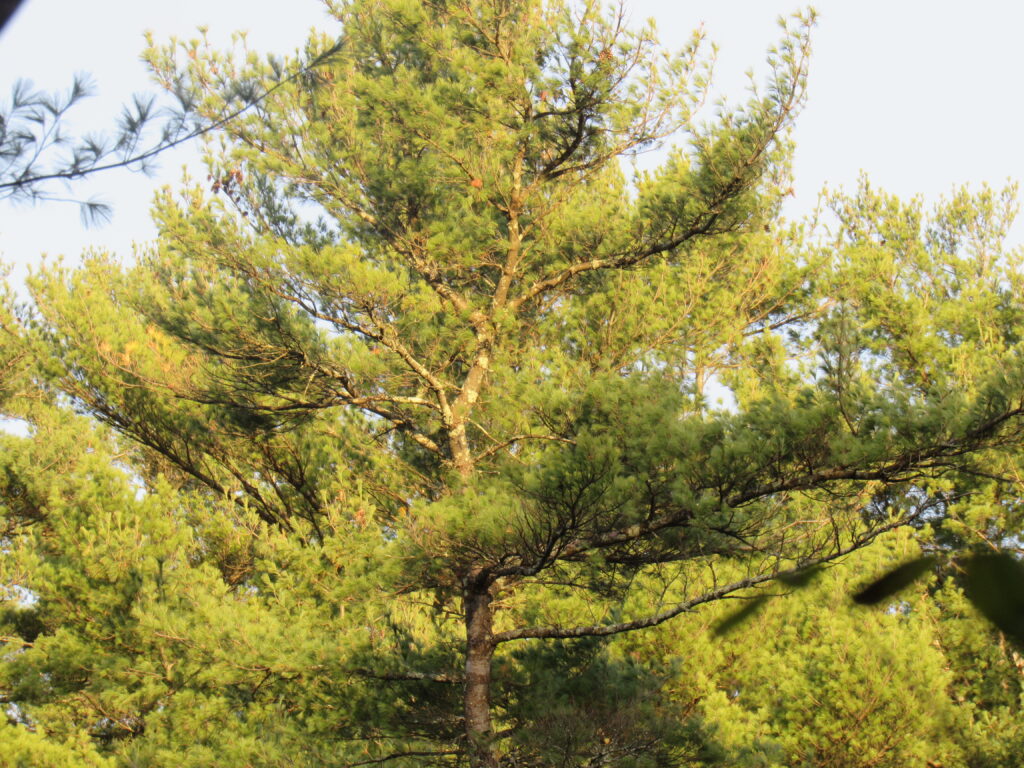
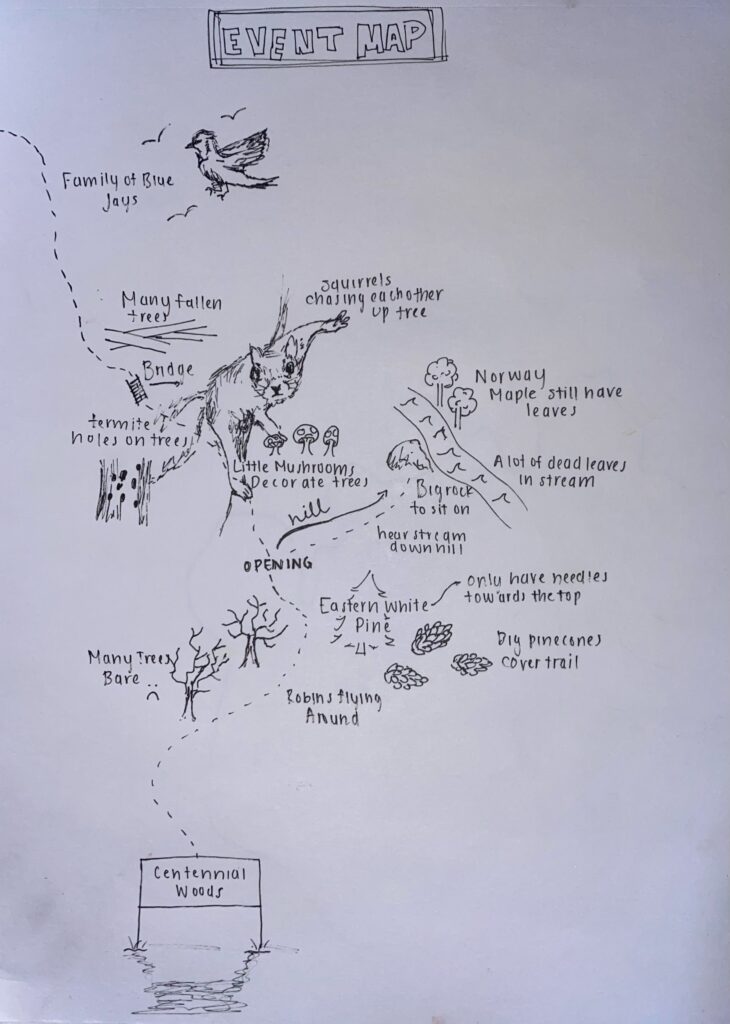
Recent Comments